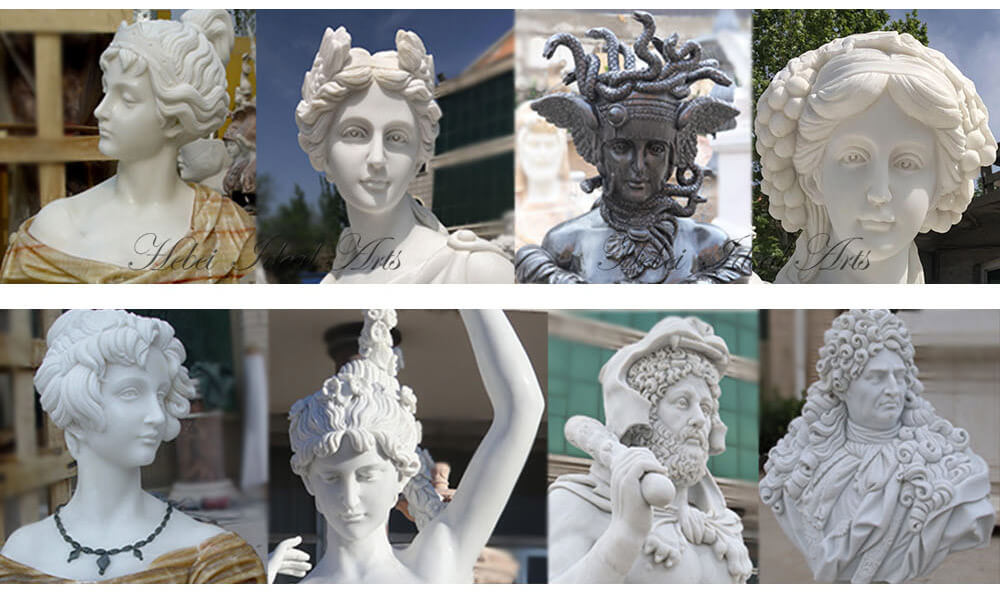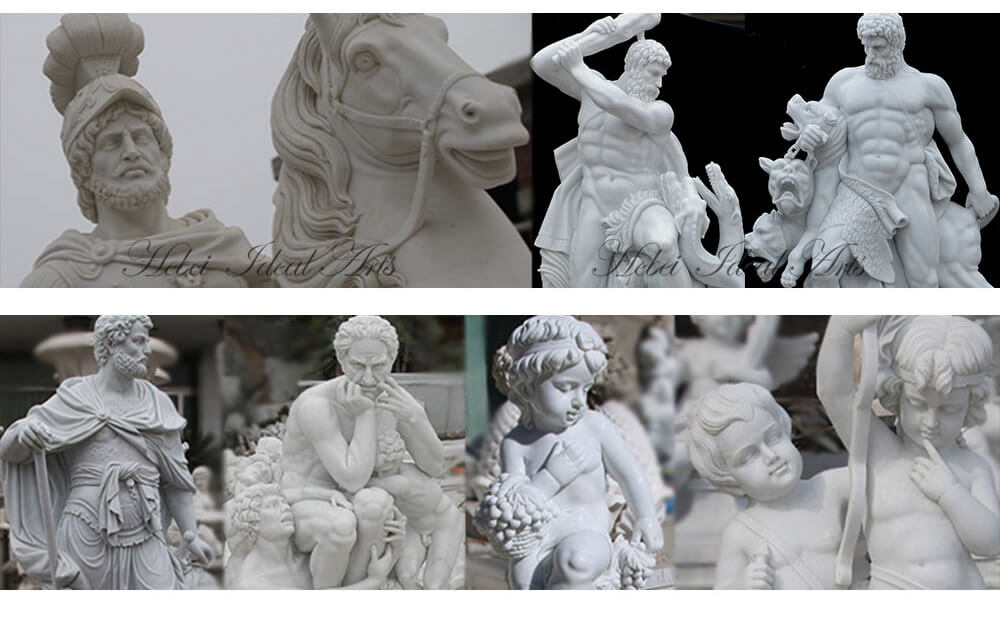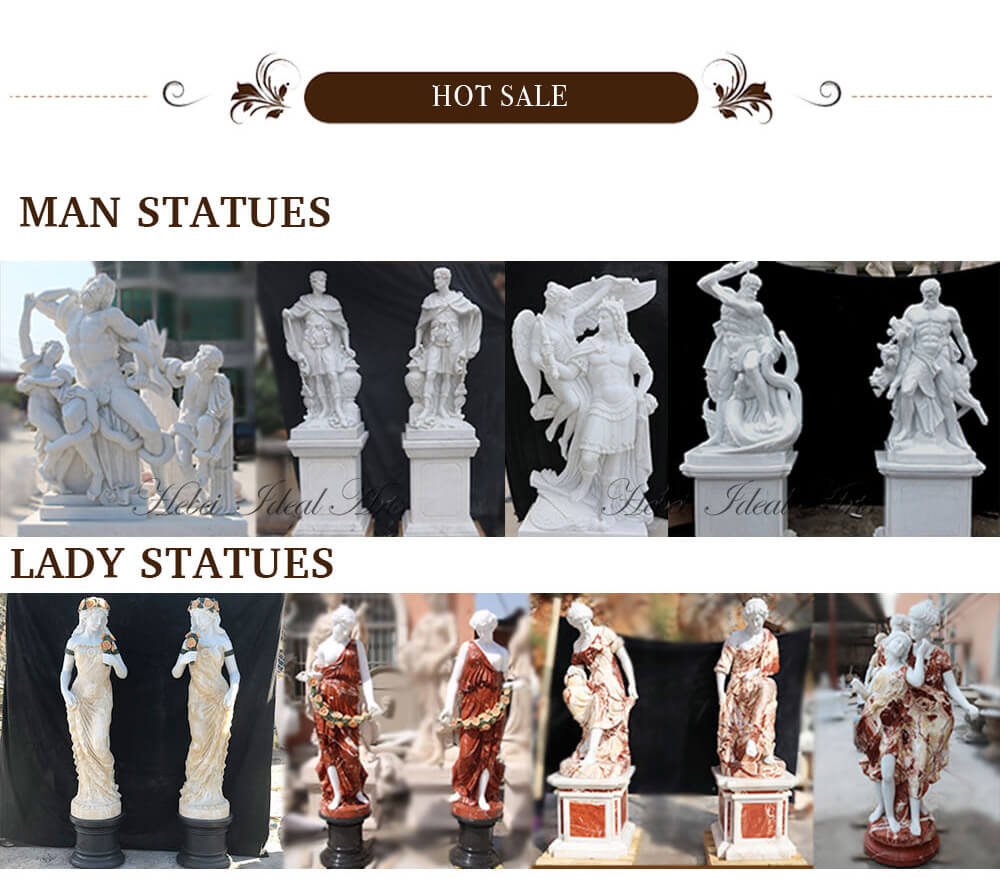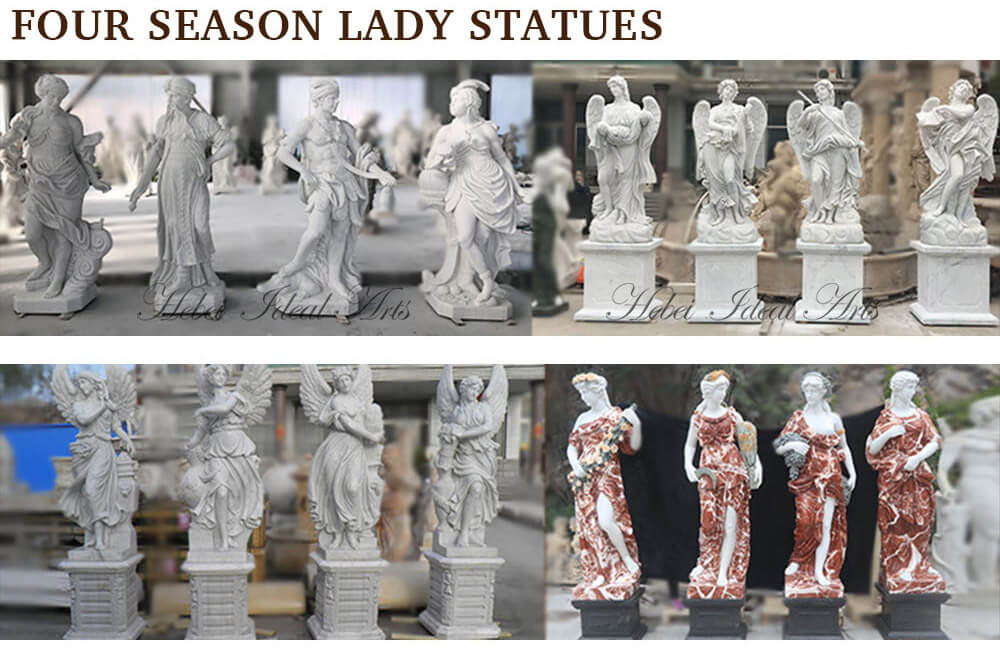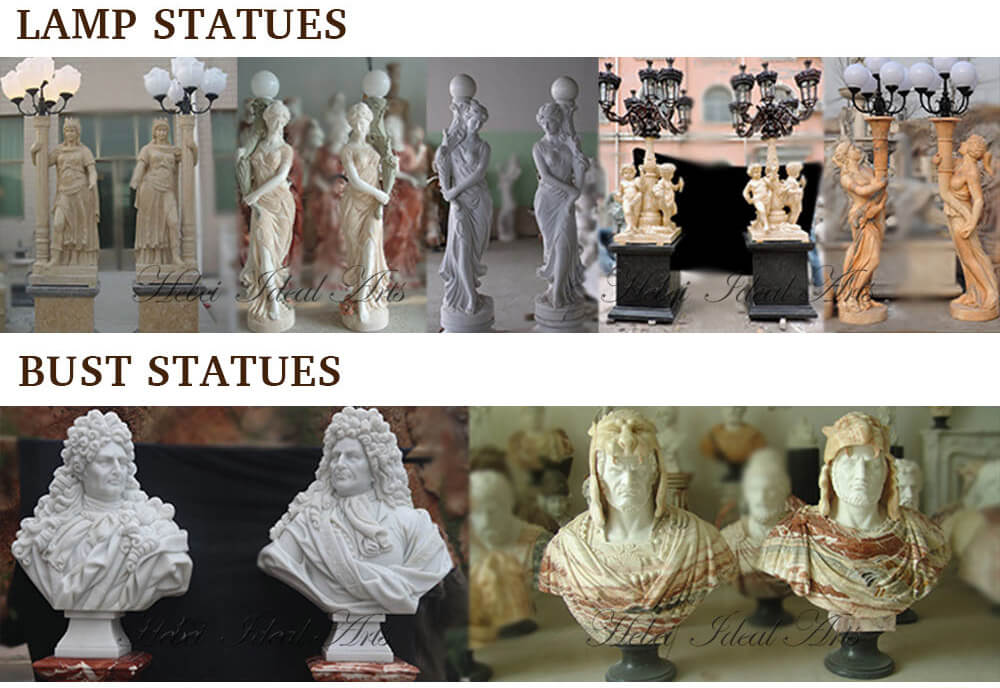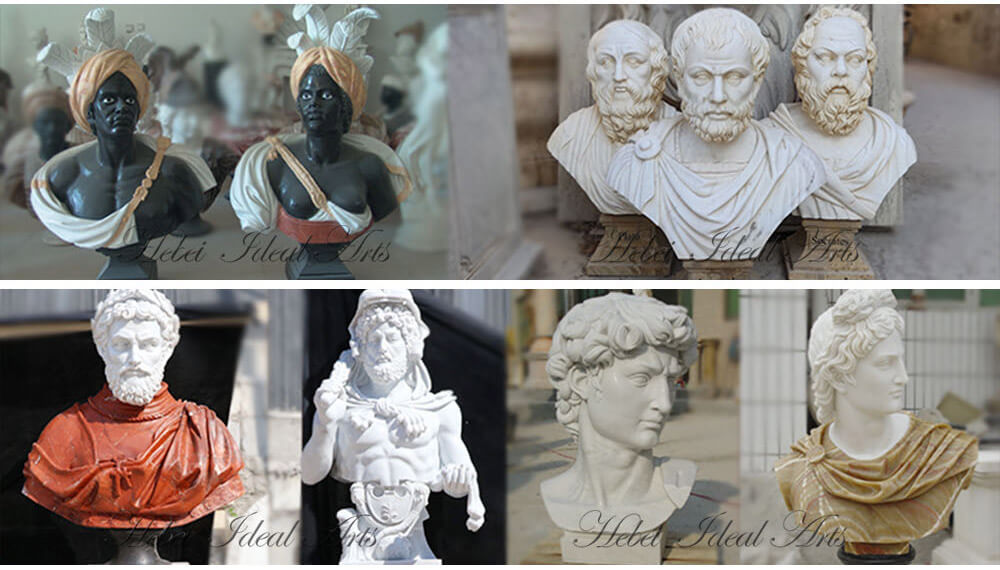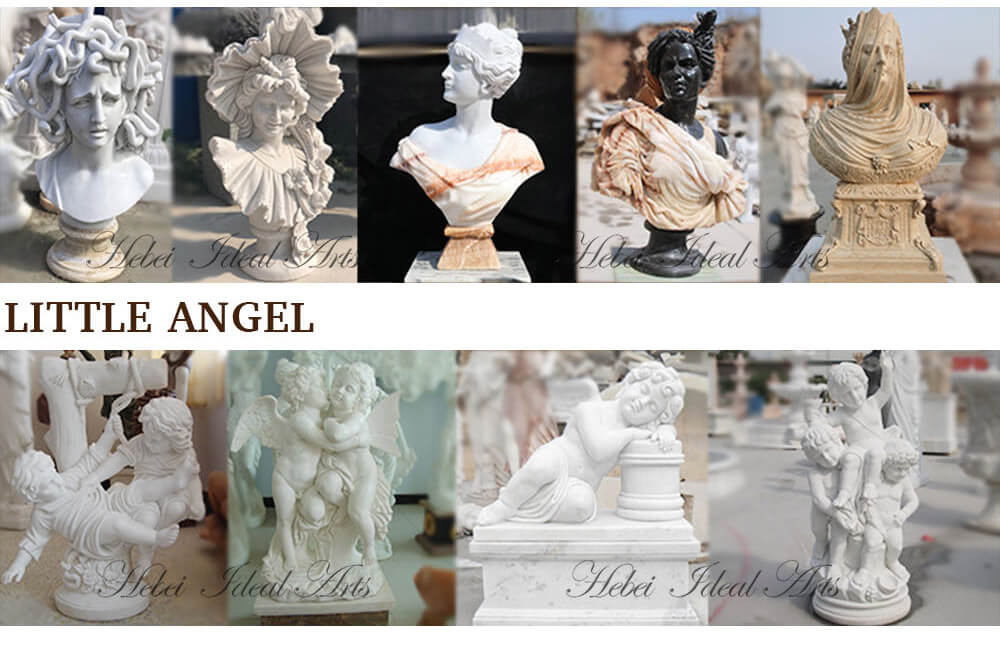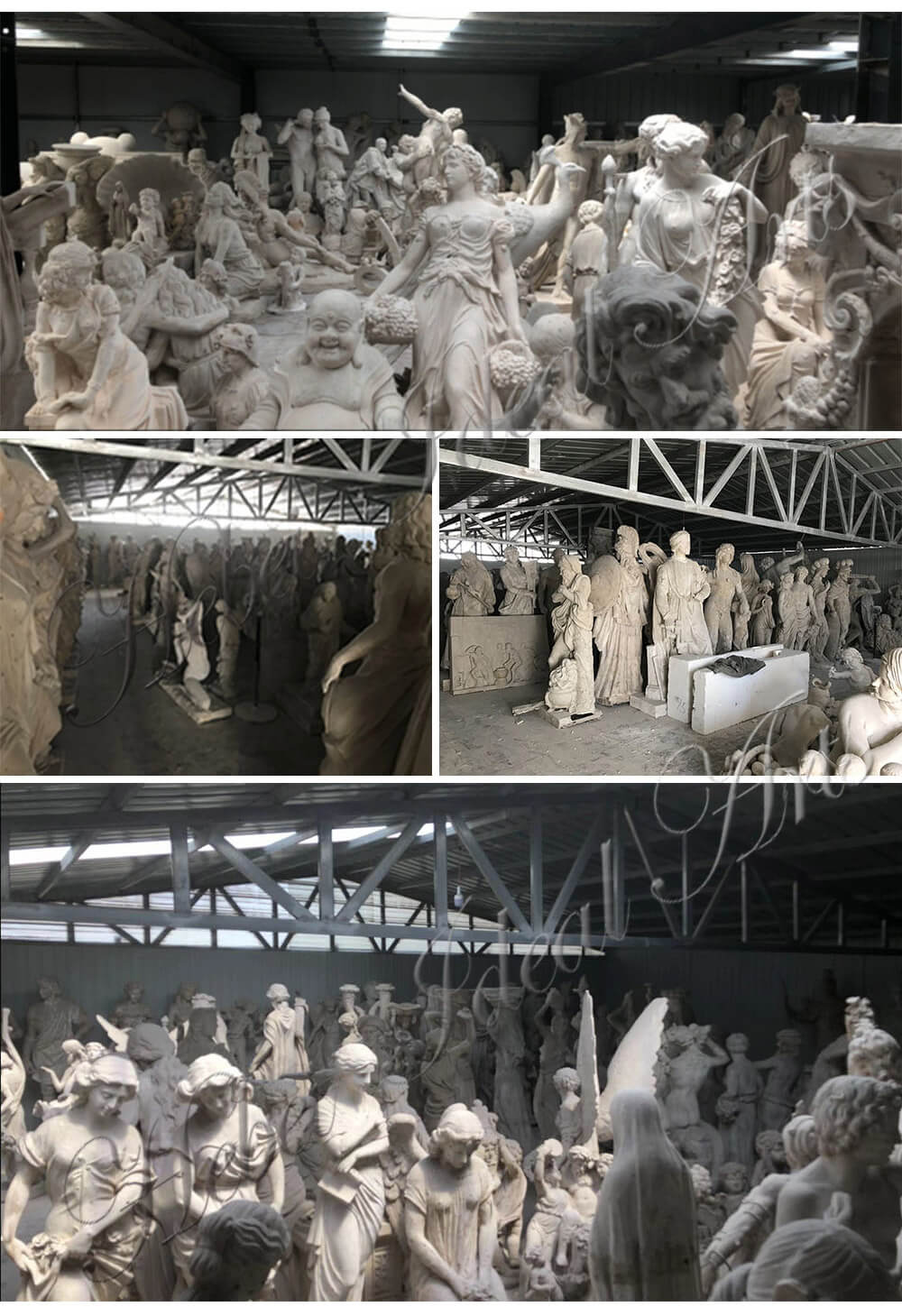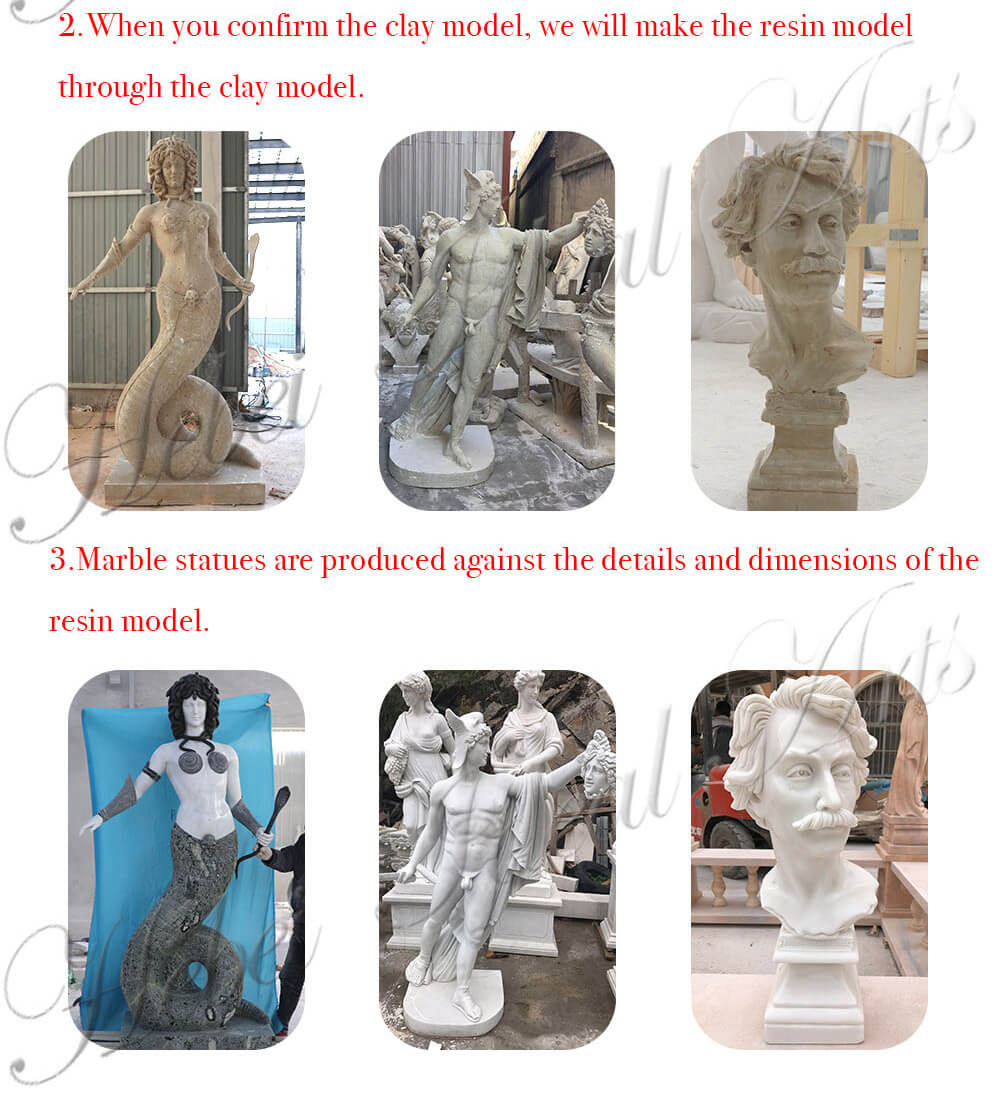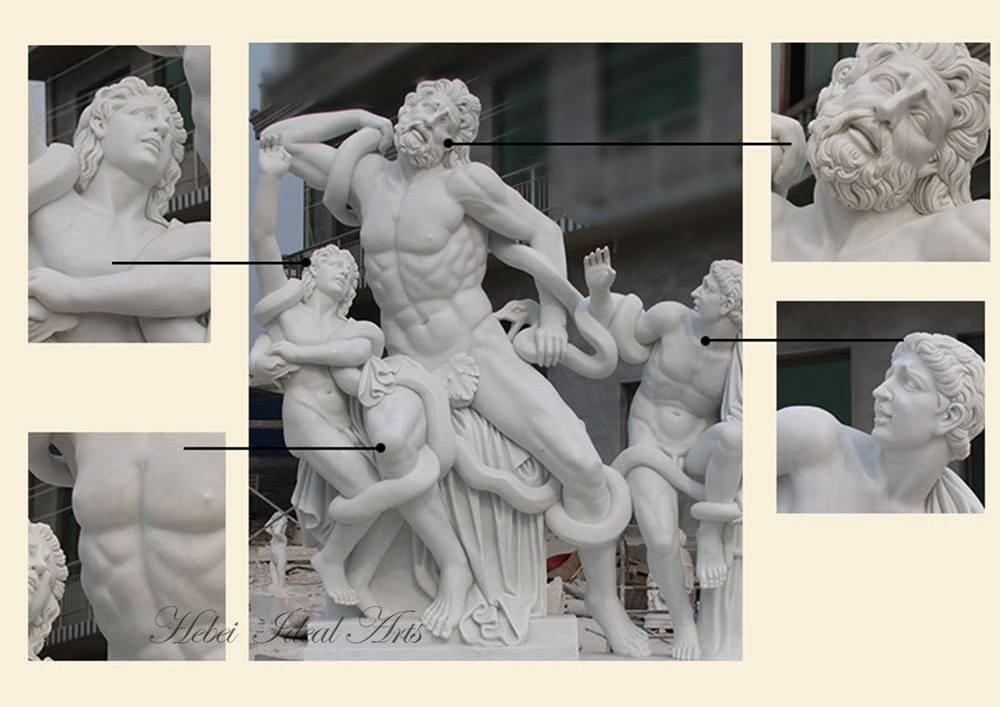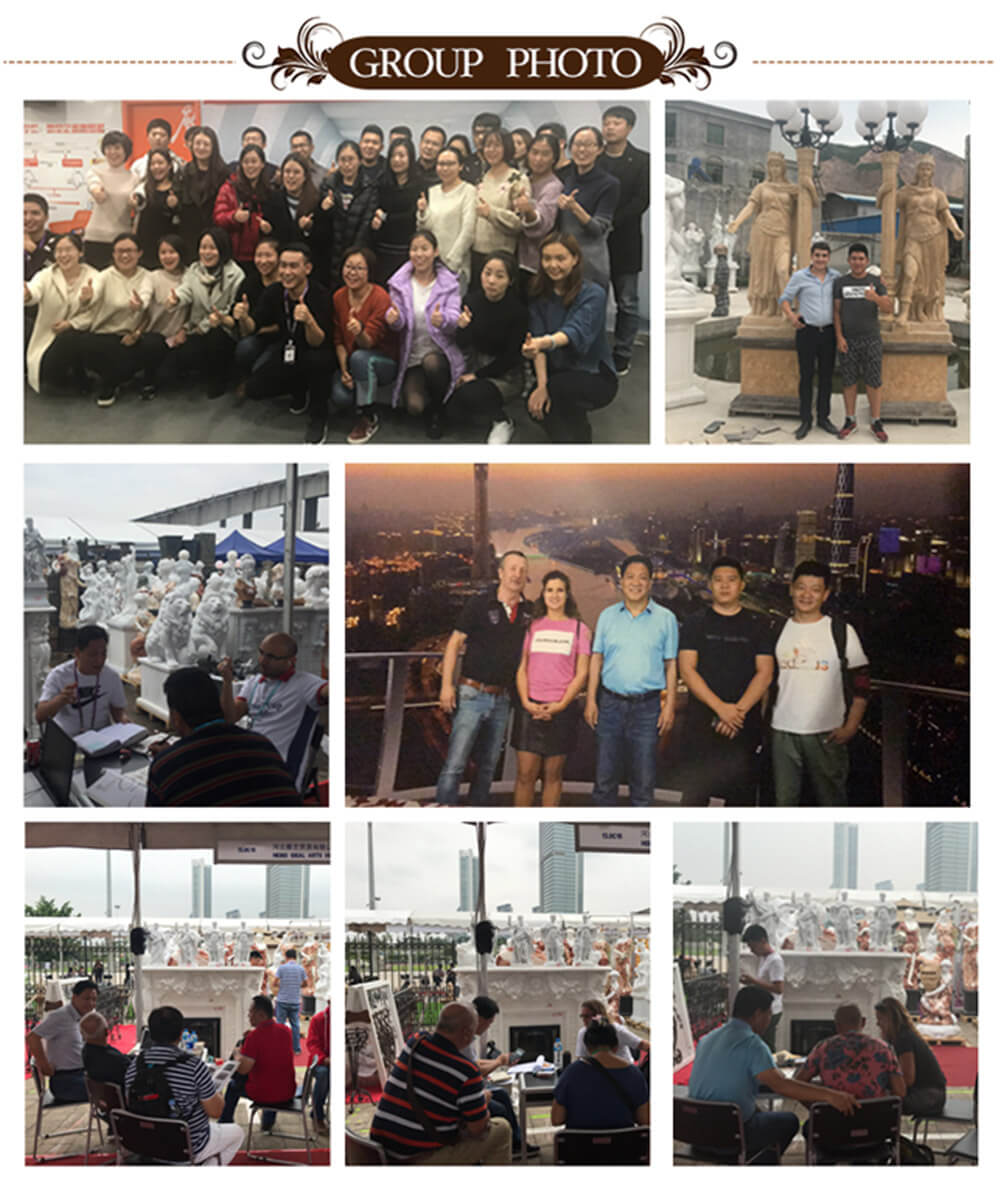 The Winged Victory of Samothrace, also called the Nike of Samothrace,[2] (Greek: Νίκη της Σαμοθράκης Niki tis Samothrakis) is a marble Hellenistic sculpture of Nike (the Greek goddess of victory), that was created in about the 2nd century BC. Since 1884, it has been prominently displayed at the Louvre and is one of the most celebrated sculptures in the world. H. W. Janson described it as "the greatest masterpiece of Hellenistic sculpture".The picture below is the Winged Victory of Samothrace produced by our factoryThe sculpture is one of a small number of major Hellenistic statues surviving in the original, rather than Roman copies. Only Winged Victory's right wing isn't original, and was added by mirroring the left wing. Naiji, the goddess of victory in ancient Greek mythology, is in charge of victory, good luck, and success. In a sense, she is also a goddess of destiny. Naiji's counterpart in Rome is Victoria, the Roman goddess of victory. The entire dynamic structure of this statue is perfect and vivid, and the carving skills are superb. The statue has turned to secular, dramatic and personification in form, and is characterized by conveying human psychology and passion. The statue stands on the top of the seaside cliff, facing the sea breeze, leaning forward and spreading its wings to fly, the dress that is blown by the sea breeze is close to the body, and the perfection of the female body can be seen. The folds of the dress constitute a dense and vivid movement. Sense, showing a leap of life. Greek statues are full of life, even if they are incomplete, they are still living things. People make up for the incompleteness in their imaginations and obtain a complete aesthetic enjoyment. Although Neki, the goddess of victory, is a common subject in Greek sculpture, this one is different. The concept of the statue is very novel. The base is designed as the bow of a warship. Goddess Naiji is like falling from the sky, guiding the fleet to the front by wind and waves at the bow, which not only expresses the background of naval battles, but also conveys the theme of victory. Although the head and arms of the goddess have been lost, it is still considered to be a masterpiece of the high artistic level of ancient Greek sculptors. From any angle, viewers can see and feel the majestic figure of the goddess of victory spreading wings. Her upper body leaned forward slightly, the sturdy, plump, graceful body, and the high-flying majestic and huge wings, all fully embodied the victor's majestic posture and joyous passion of triumph. The sea breeze seemed to be blowing from her front, the thin clothes faintly revealed the goddess's plump and elastic body, and the texture of the dress and the carvings of the pleats were breathtaking. The composition of the work is also very successful. The fluttering back corners and spreading wings form extremely smooth lines. The wavy lines of the legs and wings form an obtuse triangle, which strengthens the forward momentum. The artist has shown extremely high artistic skills and expressive power in his works. He seems to have endowed the cold stone with a life-like erection vitality, so that later generations can't help but express when facing this masterpiece of highly realism and romanticism. Heartfelt sigh.
The Winged Victory of Samothrace, also called the Nike of Samothrace,[2] (Greek: Νίκη της Σαμοθράκης Niki tis Samothrakis) is a marble Hellenistic sculpture of Nike (the Greek goddess of victory), that was created in about the 2nd century BC. Since 1884, it has been prominently displayed at the Louvre and is one of the most celebrated sculptures in the world. H. W. Janson described it as "the greatest masterpiece of Hellenistic sculpture".The picture below is the Winged Victory of Samothrace produced by our factoryThe sculpture is one of a small number of major Hellenistic statues surviving in the original, rather than Roman copies. Only Winged Victory's right wing isn't original, and was added by mirroring the left wing. Naiji, the goddess of victory in ancient Greek mythology, is in charge of victory, good luck, and success. In a sense, she is also a goddess of destiny. Naiji's counterpart in Rome is Victoria, the Roman goddess of victory. The entire dynamic structure of this statue is perfect and vivid, and the carving skills are superb. The statue has turned to secular, dramatic and personification in form, and is characterized by conveying human psychology and passion. The statue stands on the top of the seaside cliff, facing the sea breeze, leaning forward and spreading its wings to fly, the dress that is blown by the sea breeze is close to the body, and the perfection of the female body can be seen. The folds of the dress constitute a dense and vivid movement. Sense, showing a leap of life. Greek statues are full of life, even if they are incomplete, they are still living things. People make up for the incompleteness in their imaginations and obtain a complete aesthetic enjoyment. Although Neki, the goddess of victory, is a common subject in Greek sculpture, this one is different. The concept of the statue is very novel. The base is designed as the bow of a warship. Goddess Naiji is like falling from the sky, guiding the fleet to the front by wind and waves at the bow, which not only expresses the background of naval battles, but also conveys the theme of victory. Although the head and arms of the goddess have been lost, it is still considered to be a masterpiece of the high artistic level of ancient Greek sculptors. From any angle, viewers can see and feel the majestic figure of the goddess of victory spreading wings. Her upper body leaned forward slightly, the sturdy, plump, graceful body, and the high-flying majestic and huge wings, all fully embodied the victor's majestic posture and joyous passion of triumph. The sea breeze seemed to be blowing from her front, the thin clothes faintly revealed the goddess's plump and elastic body, and the texture of the dress and the carvings of the pleats were breathtaking. The composition of the work is also very successful. The fluttering back corners and spreading wings form extremely smooth lines. The wavy lines of the legs and wings form an obtuse triangle, which strengthens the forward momentum. The artist has shown extremely high artistic skills and expressive power in his works. He seems to have endowed the cold stone with a life-like erection vitality, so that later generations can't help but express when facing this masterpiece of highly realism and romanticism. Heartfelt sigh.